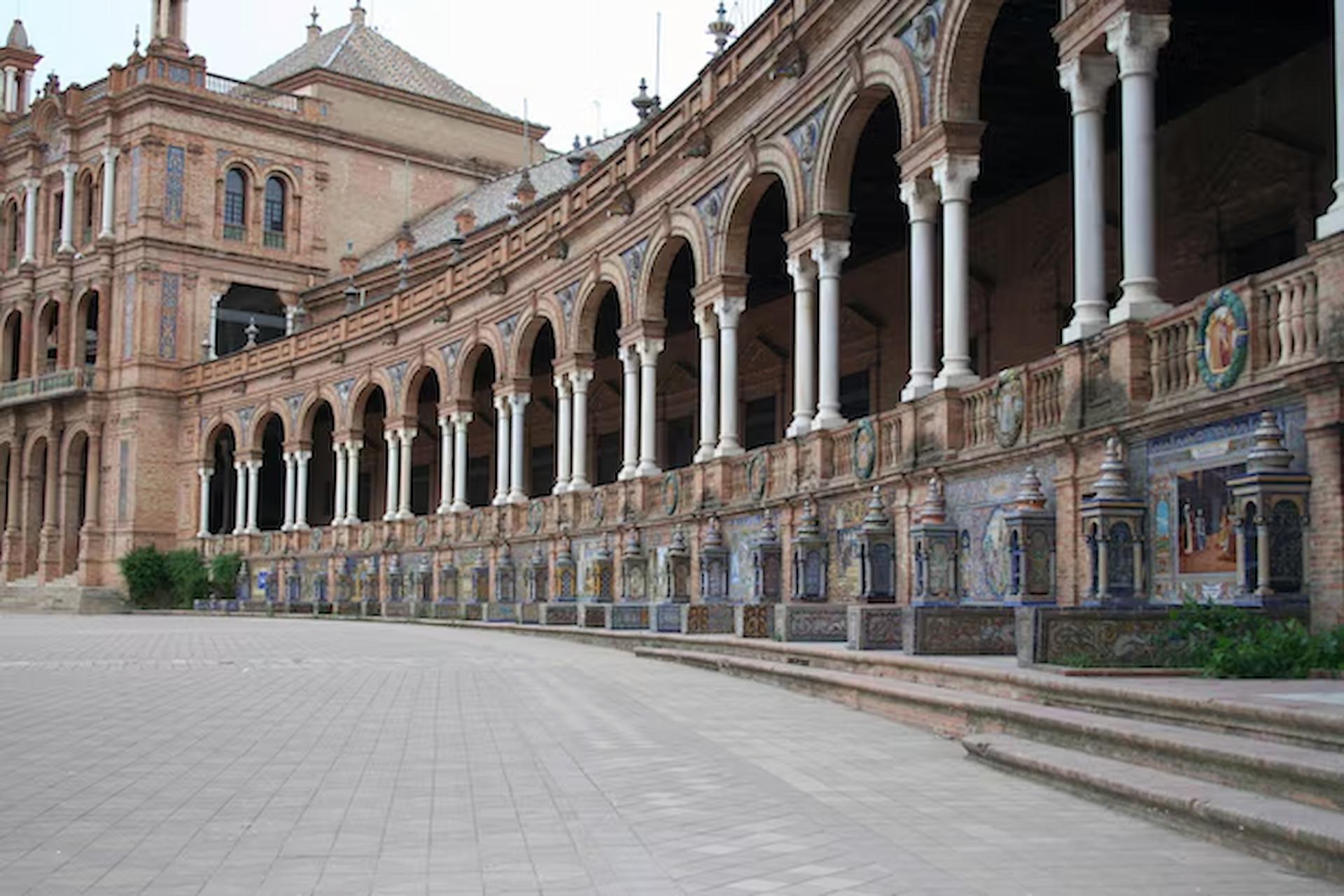Seville, the capital of Andalusia, is a town where old and new blend seamlessly into harmony, showing tradition and modernity together in the architecture. Its architectural landscape mirrors centuries of cultural evolution, wherein ancient Moorish structures stand hand in hand with sleek contemporary designs, forever carrying the historical richness of Seville to echo the city’s forward-thinking spirit. Let’s explore how the architecture of Seville bridges both the past and the present with a unique viewpoint for architecture fans and casual passersby alike.
Seville’s Architectural Legacy: A Journey Through Time
The architectural history of Seville has been a tapestry of the influences of all the different phases that have given the city a unique character. The city retained its historical essence while embracing newer design trends and thus became where heritage from ancient days and innovation were together.
Moorish Influence: A Rich Foundation
It traces its journey starting with Islamic roots that remain alive in the memory of Seville. This exquisite complex of Alcázar palace flaunts such masterpieces as the arches resembling horseshoes, beautifully glazed tiles, and gigantic gardens. Even in the elegance of geometrics of the art form, detailed mosaics have the taste to give hints for new modern architectural designs.
Tip: A visit to the Alcázar cannot be missed to experience firsthand the perfect amalgamation of art, nature, and architecture. The Maidens’ Courtyard and the Patio de las Agüas are excellent examples of this integration.
Gothic and Baroque Masterpieces
As Seville developed, the Seville Cathedral became one of the most significant Gothic structures in the world, alongside the Giralda tower, which was a minaret in its original form. This breathtaking combination of Gothic and Moorish styles has influenced many buildings across Seville. The Church of El Salvador is another example of the city’s Baroque heritage, with ornate interiors and a grand facade that exudes the magnificence of the time.
The Emergence of Contemporary Architecture in Seville
Even as this city seems full of tradition and history, some of modern Seville’s brilliant creations offer much to please by being truly groundbreaking, almost novel.
Metropol Parasol-The Great Jump for Modernity
Must See: Never miss the experience of walking through the elevated walkway of Metropol Parasol, which gives one an extraordinary overview of Seville’s skyline.
Modern Cultural Hubs
This city is also inhabited by several modern cultural centers dedicated to the mission of modernity. For example, the Archivo de Indias is a Renaissance-style building converted into a museum. Still, in this case, the modern elements of it do not contrast so much with the original architecture. In another example, the Centro Andaluz de Arte Contemporáneo, located in the Monastery of La Cartuja, unites historical architecture and modern art, a perfect example of how Seville can make peace with its past and present.
The Harmony between Old and New: City of Seville, Architecture
Harmonization is Seville’s stance on choosing not one over another but bringing an old aspect or style with some new feature inside it. Young architects working out of Seville are fully sensitive to the ancient heritage that lingers throughout their city and include elements and technologies that celebrate it in the newly designed products for the citizens of their city.
Legacy Meets Future
One of the best examples is the Casa de Pilatos. This mansion beautifully combines the styles of the Renaissance and Mudejar architecture. The beautiful, elegant courtyard with its decorated tiles and arches, so beautifully designed, symbolizes Seville’s different historical influences and retains the essence in modern architectural lines.
Tip: Don’t forget to study the lesser-known buildings in Seville-many are perfect blends of traditional and modern design.
Why Seville’s Architecture Matters Today
The ability of Seville to balance modernity with the preservation of its architecture is a model for other cities looking to incorporate the old and the new into a harmonious setting. The old and the new are balanced in several ways:
Cultural Identity: Seville’s architecture captures the different moments in the city’s history and gives a pictorial story of the city’s cultural history.
Tourism Appeal: The city will be able to preserve the old landmarks while promoting the new attractions.
Sustainability: Modern architectural designs in Seville are done through sustainable practices, ensuring that the city continues to be alive and growing while still respecting the past.
Conclusion
Seville is an exemplary example of coexistence between tradition and modernity. The city’s architectural landscape shows evidence of how such a place may honor its long history and then embrace the future. From the grandiose lines of Seville Cathedral to the artistic design of the Metropol Parasol, Seville indeed has something for every architecture enthusiast. Whether drawn to intricate Moorish patterns or sleek lines of modern structures, Seville provides an exciting experience that serves as a journey through the historical development of architecture.

